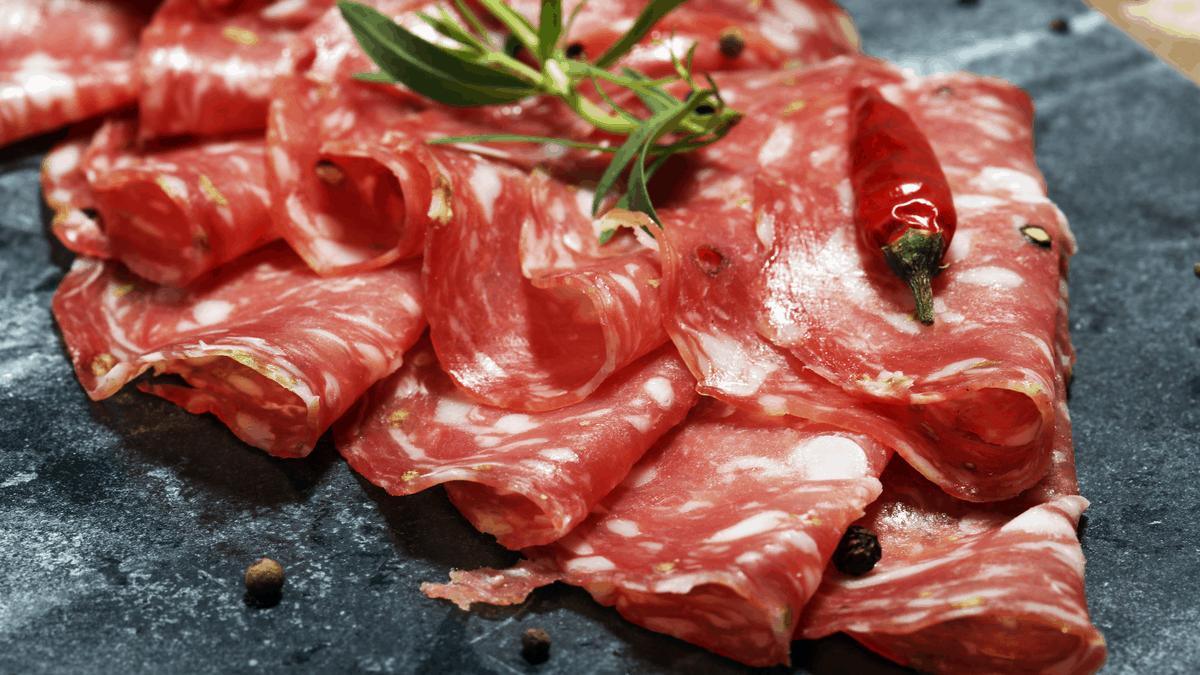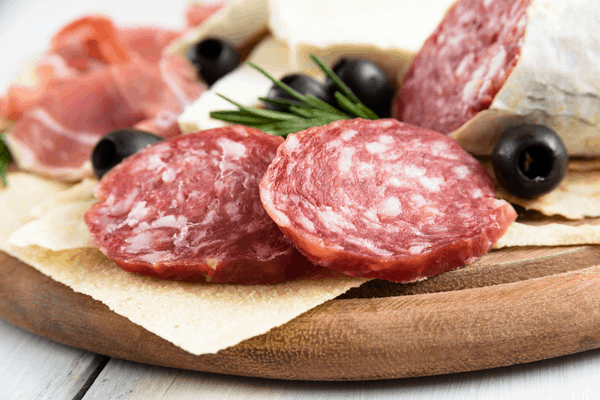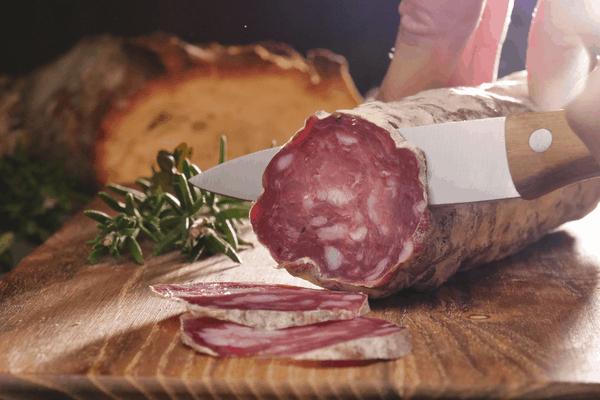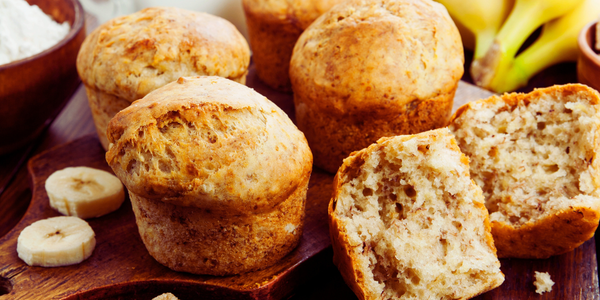What Is The Difference Between Salami and Soppressata?

Italian cuisine like Salami and Soppressata is so rich that it needs some attention to detail. This is especially true when it comes to the care of products that make up the culinary heritage of the country. There is little question that the geographical region of origin of a dish or commodity plays a vital role. Therefore, when we speak about cured meats, we must pay particular attention to the specifics, as well as to the organoleptic properties that can make a difference, both in terms of the consistency and uniqueness of the finished product.
History of Soppressata
Like cheeses, there are so many attributes and varieties of salami for which it is important to draw a chart. It should indicate going from one area to another. This is often also from one province to another, where variations in preparation and flavorings are felt. And, as a result, the chain of cured meats can be accomplished and acquired.

Since there is no European country with diversity and an abundance of cured meats as in Italy, let us see in-depth what are the basic distinctions that decide the name of the food, to explain what the salami is and what the soppressata is. If you look at the history, you will find that salami is the ancestor of all sausage products, including soppressata. This means that there are many different aspects that may be misleading for a layman, making him think that these are the same products, but they are actually different.
Major differences between Salami and Soppressata
In general, salami does not have a distinctive and well-defined form and can be prepared with various ingredients. It can be made by combining lean pork meat with fat and adding spices or other foods such as hot peppers, garlic, fennel seeds, etc.

The Italian soppressata of Calabria has the same base of preparation and processing: we are still talking about processed pork, but there are major variations, as the processing requires the use of lean meat picked from particular pieces. The conventional method is carried out with a knife tip, which makes the substance more cured and with its own unique and well-defined individuality.
Another significant difference is the use of casing: it must be broader than that of salami for soppressata. The form, as we well know, is decisive for the finished product.
In practice: salami has more cylindrical connotations, while soppressata has a more flattened and unusual shape. soppressata is easier to recognize and discern, at least to a more attentive eye. Calabria, but also Tuscany and Vicenza, are the regions of Italy where soppressata is the most popular. It is manufactured in other areas such as Basilicata, Puglia, Abbruzzo, and Molise.
However, if you want soppressata with a PDO mark of quality, you need to find the Calabrian soppressata. It is best not to confuse soppressata with its almost homonymous, i.e., soppressa, which is mostly processed in Tuscany. But Soppressa is made of meat fatter than that used in Italian soppressata.
Read Also:
Braised Beef - How to Make it Super Tender!
The Classic Rack of Lamb Recipe Everyone Loves
Top 6 Topics to Discuss Early in a Relationship
11 Things That Happen if You Stop Washing Your Hair Every Day
Sign up for FD's newsletter
The freshest stories from the food and dating world every week.




